Japan cuisine is famous for so many noodles dishes such as ramen, udon, etc. However, do you know that in Japan, there are special kinds of noodles for hot summer days. Instead of the hot soup, these noodles are served with chilled broth. Today, let’s introduce about a lesser known noodle dish but really delicious, especially for summer days – Hiyamugi.
What is Hiyamugi?
It seems that there are people in the world who do not know the existence of “Hiyamugi.” Hiyamugi (cold barley) is a type of noodle made from wheat flour eaten during summer in Japan. Japanese often ate this chilled and mainly distributed it as dried noodles. It is famous as a summer noodle dish for its refreshing taste. Hiyamugi is more prevalent in eastern Japan and is less distributed in western Japan. Vermicelli is arguably the Western-style noodle that most closely resembles hiyamugi. This is the second thinnest form of Japanese noodle, after somen, but the famous udon is a wheat noodle with a thicker consistency.
Etymology
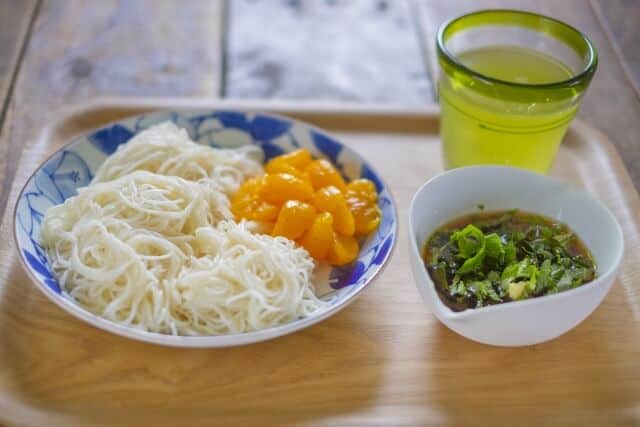
Locals believed that the origin of “hiyamugi” is “Kiri (cut) mugi (wheat), which appeared during the time of Muromachi (1336 and 1573, time of” reign “of the Ashikaga shoguns). These noodles were “kirimugi” because they were made by cutting the udon into thin strips.
Hiyamugi History
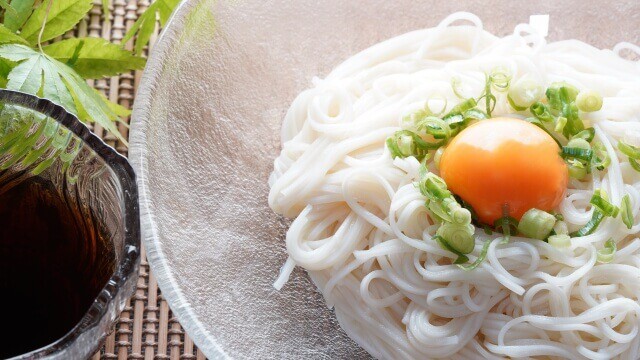
The idea of noodles in a soupy broth traveled with Chinese immigrants in the late 19th or early 20th Century to Japan after the Meijiichin [Meiji Restoration] in 1868. On arriving in Japan, Chinatowns sprung up like the one in Yokohama – a busy port town that helped spread ramen’s popularity throughout Japan.
This noodle dish has its origins in the Muromachi period art form known as “kirimugi.” It refers to the chilled barley preparation, whereas atsumugi, the heated barley preparation, known as the “leftover” hiyamugi. According to Ryoyo Shogei, a 14th-century critic of Zen Buddhism, the Hiyamugi are featured in Zenrin Kouta. You may find the only known literary reference to noodles from the Kamakura era in this book, written shortly after the end of the period. The ancient Japanese made udon and cold barley noodles and steamed buns known as Manju at the Shōkoku-ji Temple complex, according to Shogei. The Uncho-in Temple, part of the Shōkoku-ji complex, was in charge of making hiyamugi. Every year on April 14th, the Uncho-in Temple begins manufacturing this kind of noodles because of the high demand for this type of noodle throughout the summer.
Hiyamugi Recipe
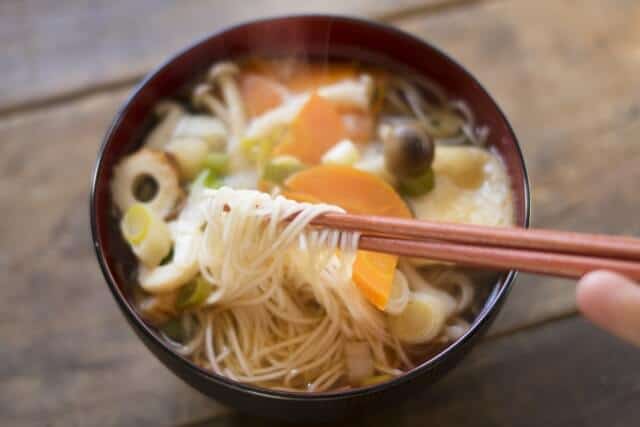
Hiyamugi Ingredients
| Ingredients of Hiyamugi for 2 person | |
| Sanuki Hiyamugi (Kogendori Shoten) | 200g |
| Mentsuyu (three times concentrated) | 50g |
| Ground sesame | 56g |
| Chopped Nori | 10g |
| 10gSesame oil | 14g |
| Water | 100g |
| Green onion | 15g |
| Tea Lotus | 10g |
| Oba | 5g |
| Grated ginger | 6g |
How to make Hiyamugi
Cut the green onion into small pieces, the myoga into thin strips, and the perilla into thin strips.
Boil the cold barley noodles in plenty of hot water for 4 minutes, rinse with cold water to remove slime and arrange on a serving dish.
Topped with the condiments and ingredients you made in step 1 and grated ginger.
Dilute the mentsuyu with cold water, and add ground sesame seeds, chopped seaweed, and sesame oil to make somentsuyu.
How to choose cold barley noodles
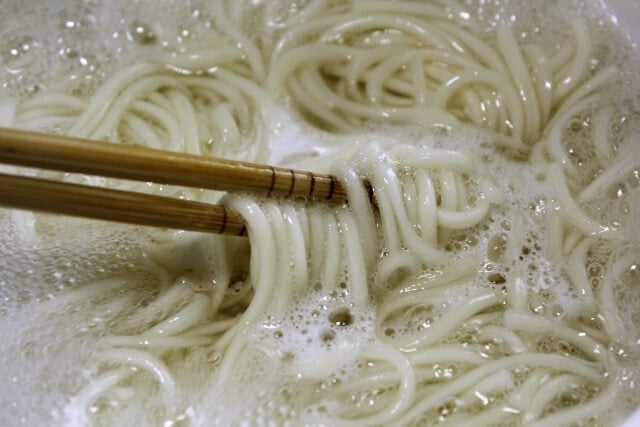
Hand-made noodles and machine-made noodles
Hiyamugi, like somen, can be produced in two ways: hand-stretched noodles, in which locals stretched the dough by a craftsman to create a firm texture, and machine-made noodles, which they mass-produced using a noodle-making machine.
Raw noodles” rather than dried noodles
If you want to enjoy a chewy texture, choose “raw noodles” rather than dried noodles. The raw noodle type is steamed during the drying and maturing process to give the noodles a chewy texture. Therefore, dried and raw noodles are entirely different in texture and texture.
Somen vs Hiyamugi vs Udon
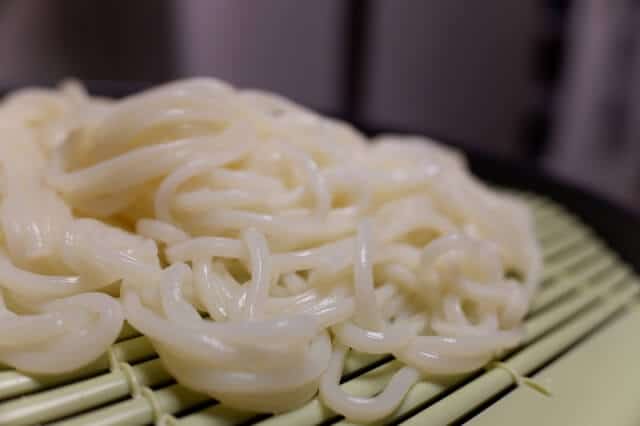
Somen noodles are the thinnest Japanese noodle, measuring just 1.3 millimetres thick when uncooked, made from wheat flour and water. Hiyamugi refers to those that are thicker than this. Between 1.3 and 1.7 millimetres in diameter, hiyamugi are wheat noodles. Anything thicker is udon. Udon is the thickest type of Japanese noodle. Hiyamugi noodles are identical and fall between the two in size. They are a little thicker than somen and a little thinner than udon. It is served similarly to how somen or udon are. They are occasionally blended with pink or green noodles in addition to being white.
Some people believe that drying and ageing somen for up to three years improves the texture. A dipping sauce and toppings like as grated ginger and spring onion are typically with somen or hiyamugi in the summertime. Japanese usually eat both somen and hiyamugi in a chilled state during the warm summer. Hiyamugi, on the other hand, is typically served cold, perhaps over ice or floating in water in a transparent glass bowl. While somen are occasionally served hot in a dish called nyumen, locals typically eat the hiyamugi cold. Then, they complemented the cold noodles with a dipping sauce, tsukejiru, which combines dashi, soy sauce, and mirin
Arranged Hiyamugi Cuisines
Some recommended other dishes that everyone loves eating cold barley noodles.
Cold wheat salad with tuna and tomato
When you boil the cold barley, put it on a plate, add mentsuyu to the cut tomato and tuna, and mix them on top.
Bibim noodles with cold barley
A straightforward cold brew recipe. Add kimchi and sesame oil to boiled cold barley and mix the whole thing.
Garlic hiyamugi
Add sesame oil to a frying pan and sauté the minced garlic until fragrant. Add boiled cold barley and season with mentsuyu to complete!
Stamina Natto Cold barley
Boil the cold barley, put it in cold water, drain it with a colander, and put it in a bowl. Put natto, egg yolk, and chopped green onions and pour mentsuyu over the top.
Health benefits of Hiyamugi

Eating sesame has a fatigue recovery effect, and vitamin B1 helps the metabolism of carbohydrates such as hiyamugi. Ground sesame is better for digestion and absorption and goes well with the soup. In addition, it is adequate to combine condiments such as green onions that help the function of vitamin B1. Sesame, mineral-rich seaweed and antioxidant-rich sesame oil are also in the dish to make nutrient-deficient noodle dishes. The taste will be much better.
Where to buy Hiyamugi
Kiwadachi (特撰ひやむぎ きわだち)

“Special Hiyamugi Kiwadachi” is the only hiyamugi specialty store in Japan that offers a unique blend of wheat flour from Gunma Prefecture and stone ground whole wheat flour from Kagawa Prefecture. The fresh cold barley noodle made in-house has the original aroma and texture of wheat that you cannot find in dried noodles sold on the market.
All of their Hiyamugi noodles are freshly prepared and manufactured in-house. Like hand-made soba and udon noodles, they added to water at a concentration of at least 45 percent. By repeatedly forging and maturing, a particular sheen and texture will be present that is absent in dried hiyamugi. The store name “Kiwadachi” has the idea of ”standing out: being different from the surroundings and conspicuously conspicuous.”
Nikomi-tei (にこみ亭)
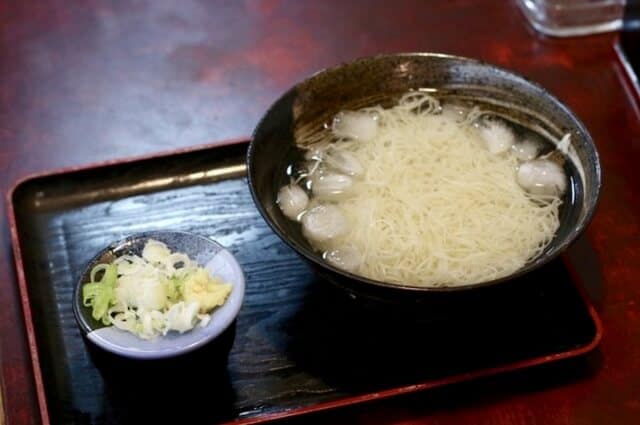
“Nikomi-tei” is the only shop in Nagoya selling handmade hiyamugi. This is also a branch of the Iwasho handmade udon restaurant, and the restaurant’s interior has the atmosphere of a long-established restaurant founded in 1968. Initially, the noodles should have simmered it in miso, the specialty, but many locals believed it was only handmade in Nagoya.
Sugiei (すぎ栄)
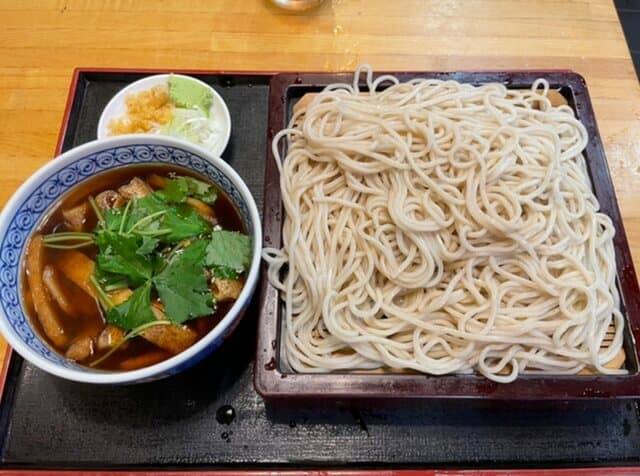
This is a soba specialty restaurant, but they also serve Hiyamugi during summer. You can also choose to put normal thin hiyamugi in hot sauce, but it will spread in a short time, and the texture will be wrong, but with hiyamugi, you can eat it deliciously to the end without losing its elasticity and texture.
Online Stores
In Japan, they can also buy the hiyamugi online here. Here are the recommended brands and price range for each brand.
- Showa Aged Cold Barley Banshu Thread (¥683)
- Sanuki Genkohiyamugi (¥1,350)
- Nisshin Seifun Wernanumber one hiyamugi (¥1,130)
- Nisshin Seifun WernaKawada Seimen Sanukihiyamugi (¥234)
- Ibonoito Tenobehiyamugi (¥3,290)
Final Thoughts
The characteristic of hiyamugi is that you can enjoy a slightly different texture and aroma from the dried hiyamugi noodles on the market. Japanese usually eat hiyamugi in a chilled state during the warm summer. This kind of noodle is a variety of Japanese noodles made from wheat flour. Very thin, these noodles are also very fragile.
There are other cold noodles and soba like this kind of dish from different regions of Japan.

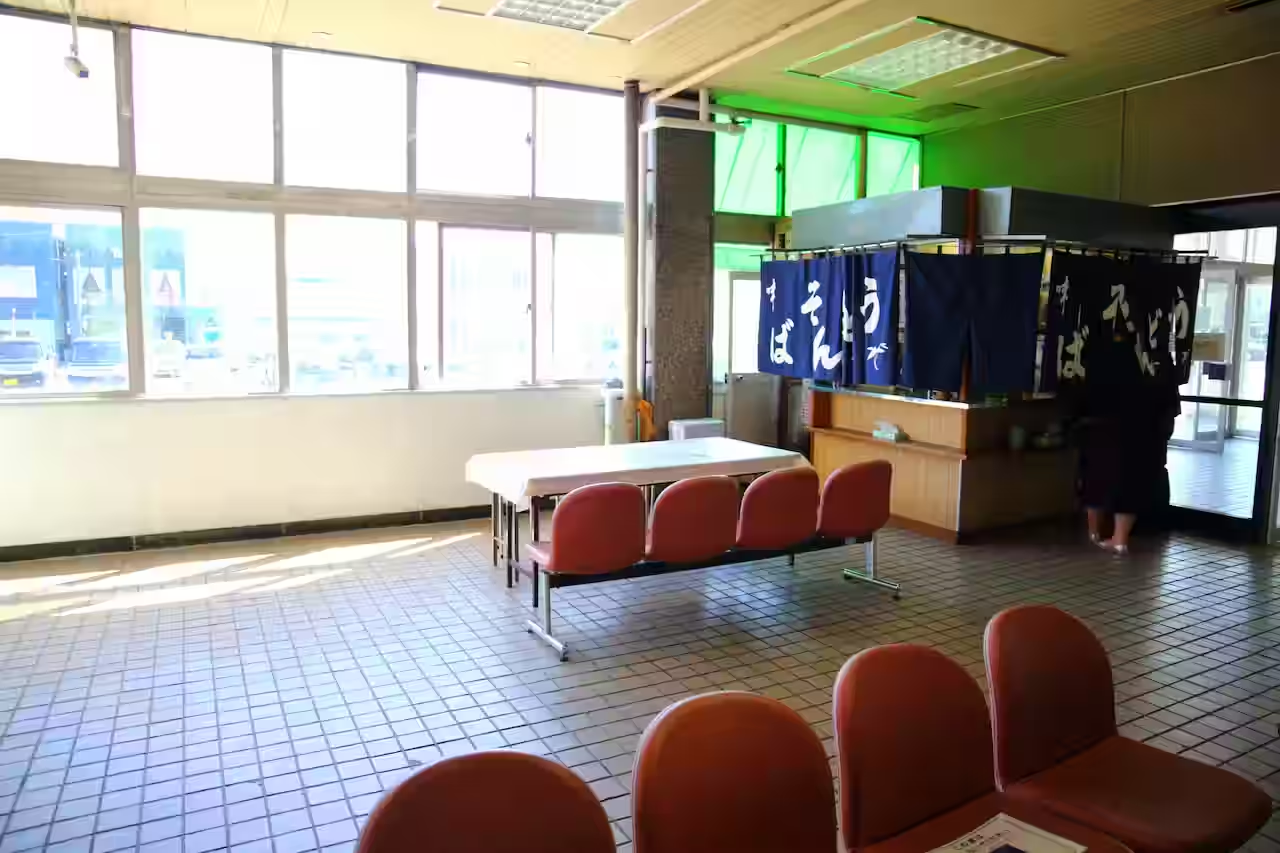




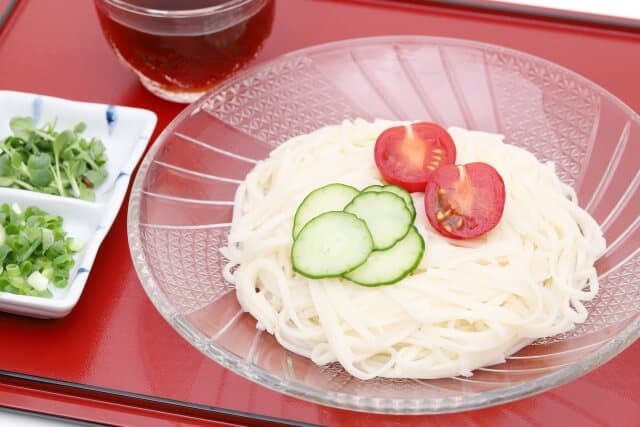
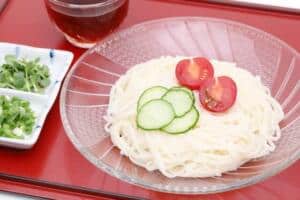
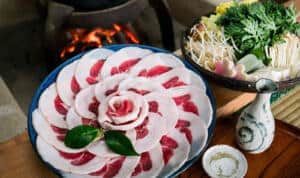
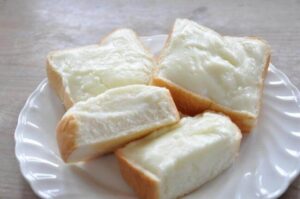
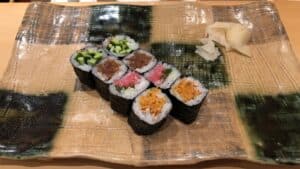
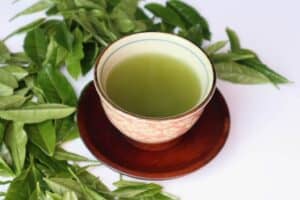
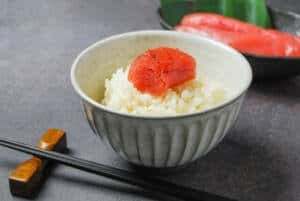
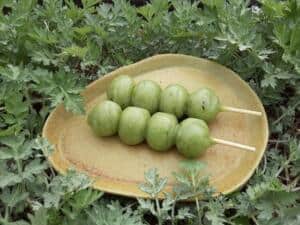
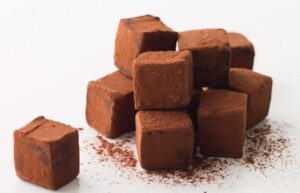
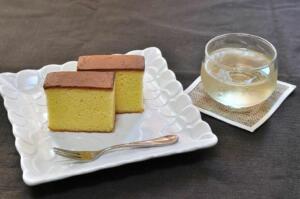
Comments
List of comments (1)
Crazyfrog PaiDaNeNAtu 6 17 2022 propecia shampoo Sporting KC side stepped a heavy rain to match a season best three game winning streak, pulling the club even with New York atop the MLS Eastern Conference standings